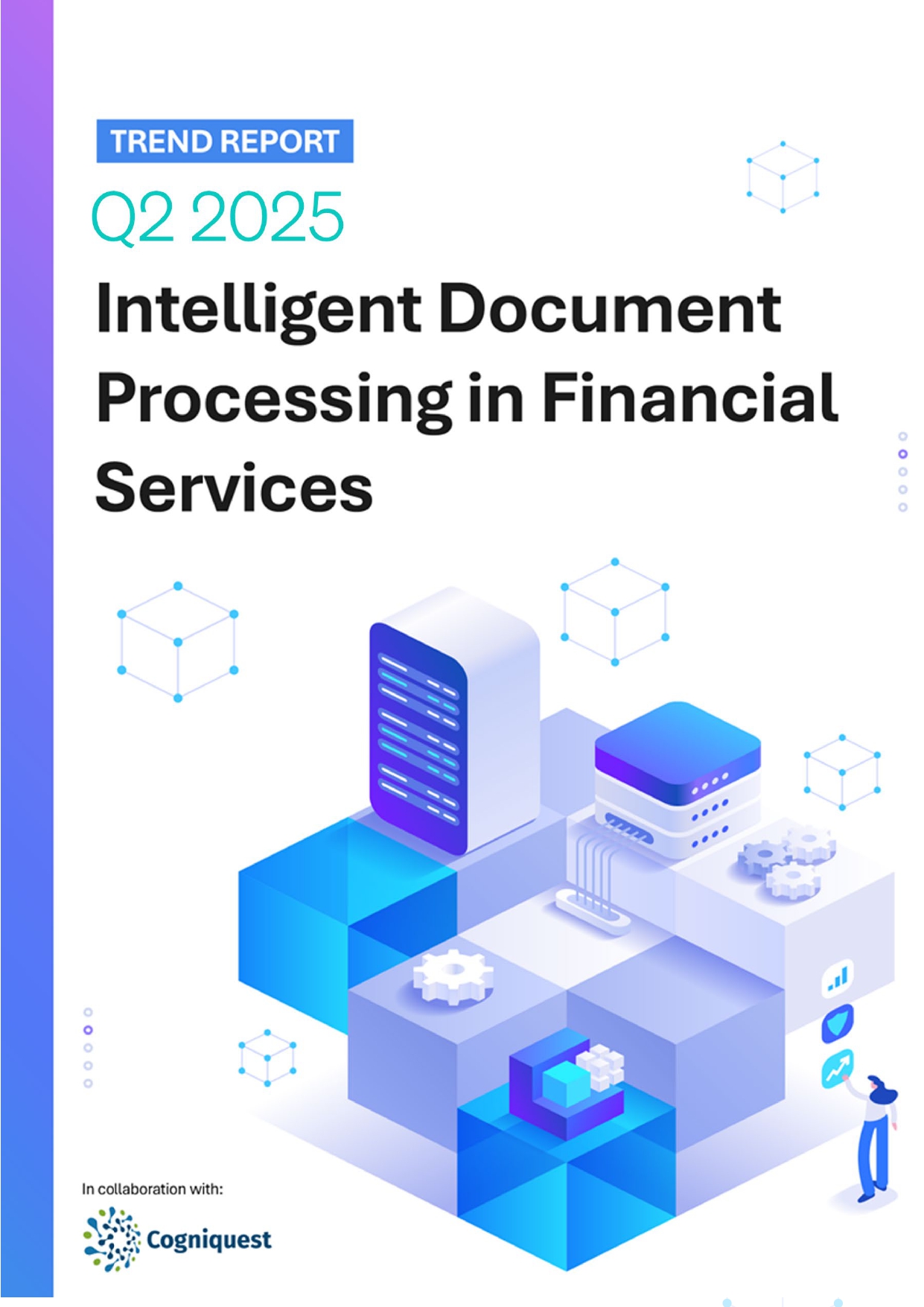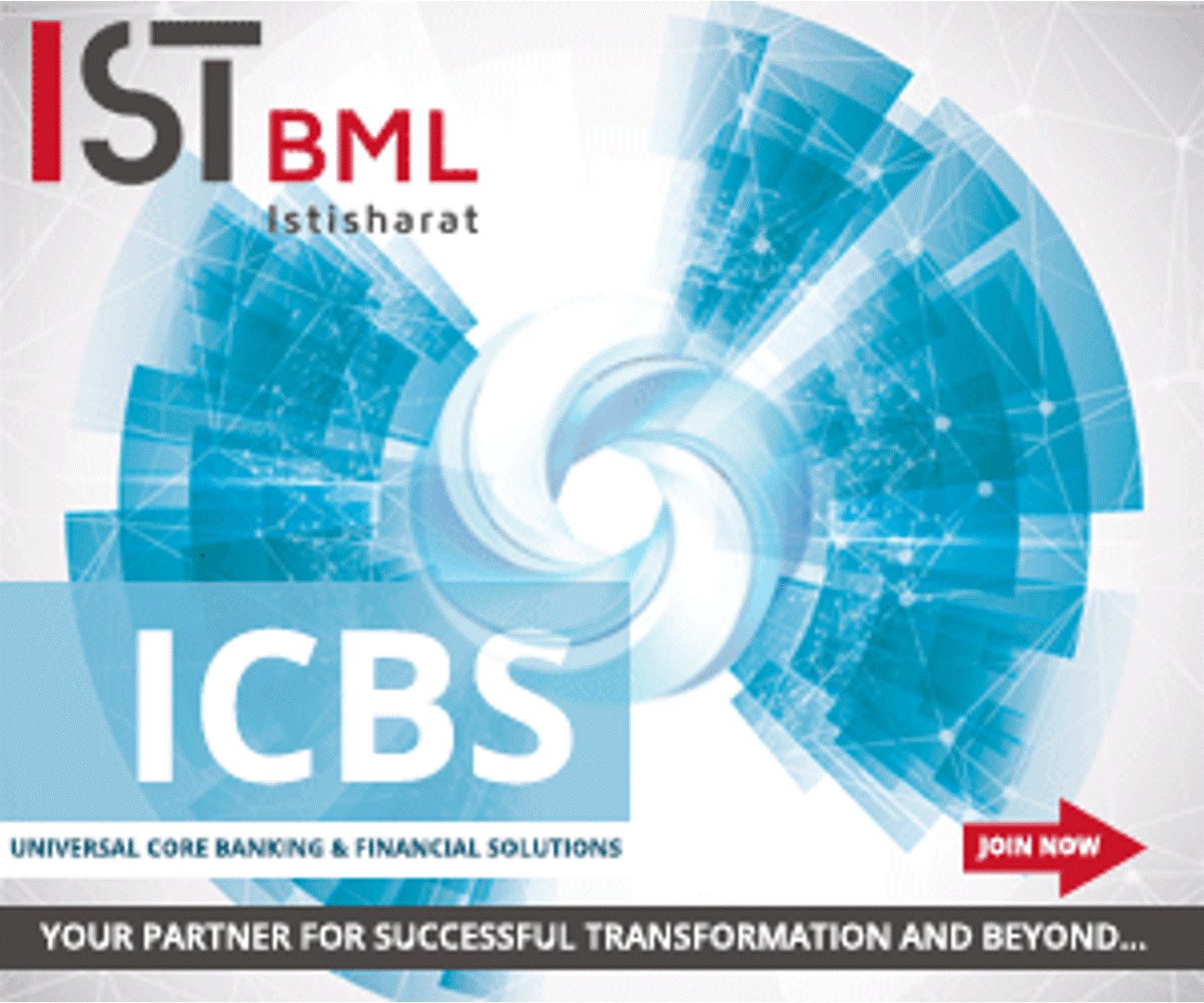 Back
Back
Capital demand to drive Saudi banks’ strong interim performance in 2023
By Puja Sharma
 Saudi banks to prioritize the liquidity demand for 2023, focusing on raising Tier-1 capital, notably Sukuk
Saudi banks to prioritize the liquidity demand for 2023, focusing on raising Tier-1 capital, notably Sukuk
Banks in Saudi Arabia are expected to continue to prioritise their liquidity demands for the coming year despite enhanced earnings, by focusing on raising Tier I capital in the form of debt issuances, notably Sukuk, according to KPMG, a provider of audit, tax, and advisory services in Saudi Arabia.
An upsurge in such Tier I capital issuance has been noted across the banking participants to support the core equity base and fulfill the financial and strategic needs. In the first nine months of 2022, issuances of $3.8 billion have been conducted and this is expected to grow in the coming months as banks are fuelling the increased demand in the public and private sectors.
“An upsurge in Tier I capital issuance has been noted across the banking participants as banks are further strengthening their equity base,” said Khalil Ibrahim Al Sedais, Office Managing Partner – Riyadh at KPMG in Saudi Arabia.
The regulatory agenda is also ensuring a robust capital base through the implementation of Basel 4 as final rules have emerged. While the implementation was delayed due to the pandemic, global regulators are now pushing ahead for a ‘full and consistent’ framework implementation.
In its Q3 2022 ‘Banking Pulse’ report, KPMG highlighted the latest developments in the Kingdom’s banking sector. An analysis of the nine-month financial performance of the banking sector reflected a robust industry performance, particularly highlighted by an increase in net profit by 26.21% year-on-year, to SAR 46.41 billion ($12.33 billion) in the first nine months of 2022, with a total of assets rising 9.76% year-on-year to SAR3,329 billion.
“Banks could face significant challenges as they refresh their Basel 4 programs,” said Ovais Shahab, Head of Financial Services at KPMG in Saudi Arabia, noting that banks in the Kingdom will need to ensure that they are well prepared to achieve compliance within the required timelines of Saudi Central Bank (SAMA) cost-effectively.
“We have witnessed continued growth in the economic activities during the nine months of 2022. While global supply chains have been under pressure due to challenges including geopolitical apprehensions, oil prices being consistently on the higher side has helped the Saudi economy to thrive and expand on its Vision 2030 ambitions,” Al Sedais added.
In the recent KPMG CEO Outlook 2022, business leaders worldwide noted that pandemic fatigue and economic factors, including the threat of rising interest rates and inflation, top the list of most pressing concerns today.
“As we look to the next three years, risks are more interconnected than ever; emerging technology rises as the top risk and greatest threat to organizational growth, while operational risk, regulatory changes, and reputational concerns are the other risks jumping in priority,” Shahab added.
Furthermore, advancing digitalisation and connectivity across the business is tied to attracting and retaining talent which is coming out as the top operational priority to achieve growth over the next three years. This focus may drive increasingly flexible working arrangements and mitigate the heightened cyber security threats.
“Towards the year-end, banks will continue to mitigate enhanced market risk due to volatility in the interest rate and resolve on disclosures of ESG and Basel reforms,” concluded Shahab.
Key Highlights
- In the first nine months of 2022, issuances of $3.8 billion (SAR 14.30 billion) have been conducted.
- Towards the year-end, banks will continue to mitigate enhanced market risk due to volatility in the interest rate.
- Over the next three years, risks will be more interconnected as emerging technology rises
- Banks could face significant challenges as they refresh their Basel 4 programs
- Emerging technology rises as the top risk and greatest threat to organizational growth
IBSi FinTech Journal

- Most trusted FinTech journal since 1991
- Digital monthly issue
- 60+ pages of research, analysis, interviews, opinions, and rankings
- Global coverage
Other Related News
Related Reports

Sales League Table Report 2025
Know More
Global Digital Banking Vendor & Landscape Report Q2 2025
Know More
NextGen WealthTech: The Trends To Shape The Future Q4 2023
Know More
Intelligent Document Processing in Financial Services Q2 2025
Know More


